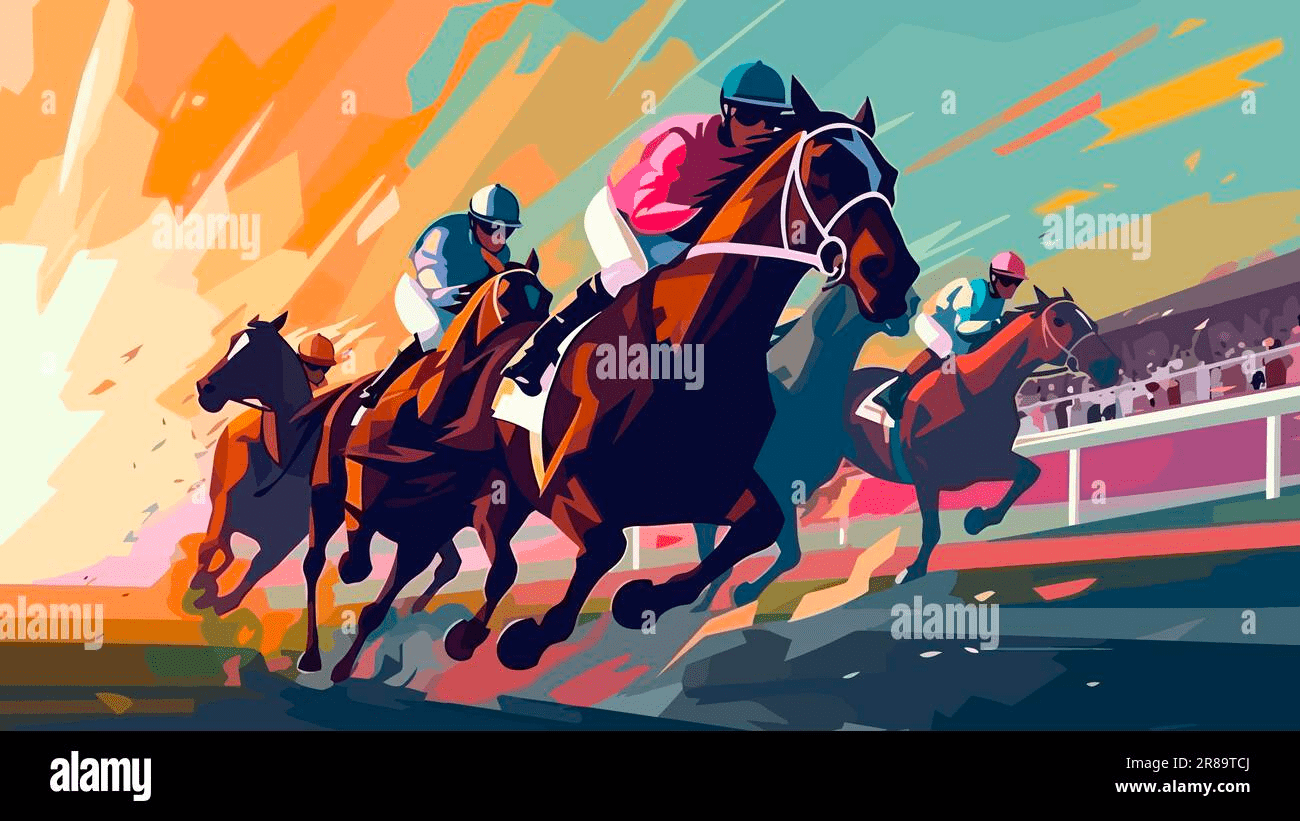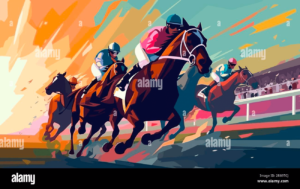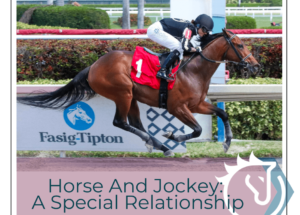Horse racing, with its thundering hooves and fierce competition, is often perceived as a sport of speed and excitement. However, beneath the glitz and glamour of the racetrack lies a world that few truly understand – the world of a jockey.
In this article, we delve into the life of a jockey and explore the artistry, skill, and dedication that define this remarkable profession. While many spectators enjoy the thrill of watching races and even betting on horse races, it’s crucial to shine a spotlight on the unsung heroes of the sport, the jockeys, whose lives and careers revolve around the racetrack and the horses they ride.
The Road to Becoming a Jockey
The journey of a jockey begins long before they don the colorful silks and mount their first racehorse. Becoming a jockey is a demanding and competitive pursuit, often starting in childhood. Many aspiring jockeys come from families with racing backgrounds, and their passion for the sport is nurtured from a young age.
To become a jockey, one must undergo rigorous physical training to maintain a lightweight and agile physique, as a jockey’s weight directly impacts the horse’s performance. Diet and exercise are carefully monitored, and sweat suits and saunas are common tools to shed weight before a race. The dedication required is immense, as maintaining the right weight while staying strong and fit is a constant challenge.
Jockey schools and apprenticeships provide the necessary education and hands-on experience. Aspiring jockeys learn the nuances of race riding, from controlling a thousand-pound animal at high speeds to making split-second decisions during a race. Developing a strong bond with horses is paramount, as trust and communication between jockey and horse are essential for success.
Race Day: The Ultimate Test of Skill
Race day is the culmination of a jockey’s training and preparation. The atmosphere is electric as jockeys, trainers, and horses gather at the starting gate. Jockeys meticulously study:
- the race conditions,
- track surface,
- and their competition.
They strategize on how to position their horse for the best chance of success, making crucial decisions during the race.
The artistry of race riding lies in the jockey’s ability to communicate with their horse through subtle cues. They use their body weight, posture, and reins to guide the horse, coaxing every ounce of speed and effort. Jockeys must maintain a delicate balance between pushing the horse to perform at its peak and conserving its energy for the final stretch.
The thrill of racing is matched by its risks. Jockeys face the constant danger of falls and injuries. They must possess immense courage and resilience to bounce back from setbacks and injuries that are an inherent part of the sport.
The Bond Between Jockey and Horse
At the heart of the art of horse racing lies a profound and unique connection between the jockey and their equine partner. This bond transcends the traditional notions of rider and mount; it is a partnership forged through countless hours of shared experiences, hard work, and a deep understanding of one another.
Jockeys often find themselves working with a stable of horses, each with its distinct personality, temperament, and racing style. It is the jockey’s responsibility to adapt to the idiosyncrasies of each horse they ride. This adaptability showcases the jockey’s true skill and is a testament to their artistry. They must be attuned to the subtlest nuances of their horse’s behavior and mood, knowing when to be firm and when to be gentle, when to push for more speed and when to conserve energy.
The communication between jockey and horse occurs on multiple levels. While many sports involve verbal communication, in horse racing, words are virtually absent. Instead, jockeys communicate with their horses through body language, touch, and voice cues. A slight shift in weight or a gentle nudge of the reins can convey a wealth of information to the horse. This silent dialogue, developed over time, is what allows the jockey to guide their horse effectively.
Trust is the cornerstone of this partnership. Horses are intuitive creatures, highly attuned to the emotions and intentions of those around them. A jockey’s calm demeanor and unwavering confidence can soothe a nervous horse and inspire trust. Conversely, the horse’s willingness to give its all in a race, to accelerate with power and determination, is a testament to the trust it places in its jockey.
This bond goes beyond the racetrack; it extends to the stables, where jockeys spend countless hours caring for and bonding with their horses. They groom, feed, and even talk to their equine companions, further strengthening the connection. Jockeys often develop a deep affection for the horses they ride, and the feeling is mutual, as evidenced by the horses’ responsiveness to their jockeys’ cues.
Conclusion
The life of a jockey is one of passion, dedication, and artistry. Behind every race, there is a jockey who has poured their heart and soul into the sport. Their journey from aspiring rider to seasoned professional is marked by relentless training, calculated risks, and the unwavering bond with their equine partners.
As spectators cheer for their favorite horses, it’s important to remember the jockeys who ride them – the unsung heroes of the racetrack. Their skill, artistry, and love for the sport drive the thrilling spectacle that is horse racing, reminding us that it is not just a contest of speed but a testament to the human-horse connection and the art of race riding.


